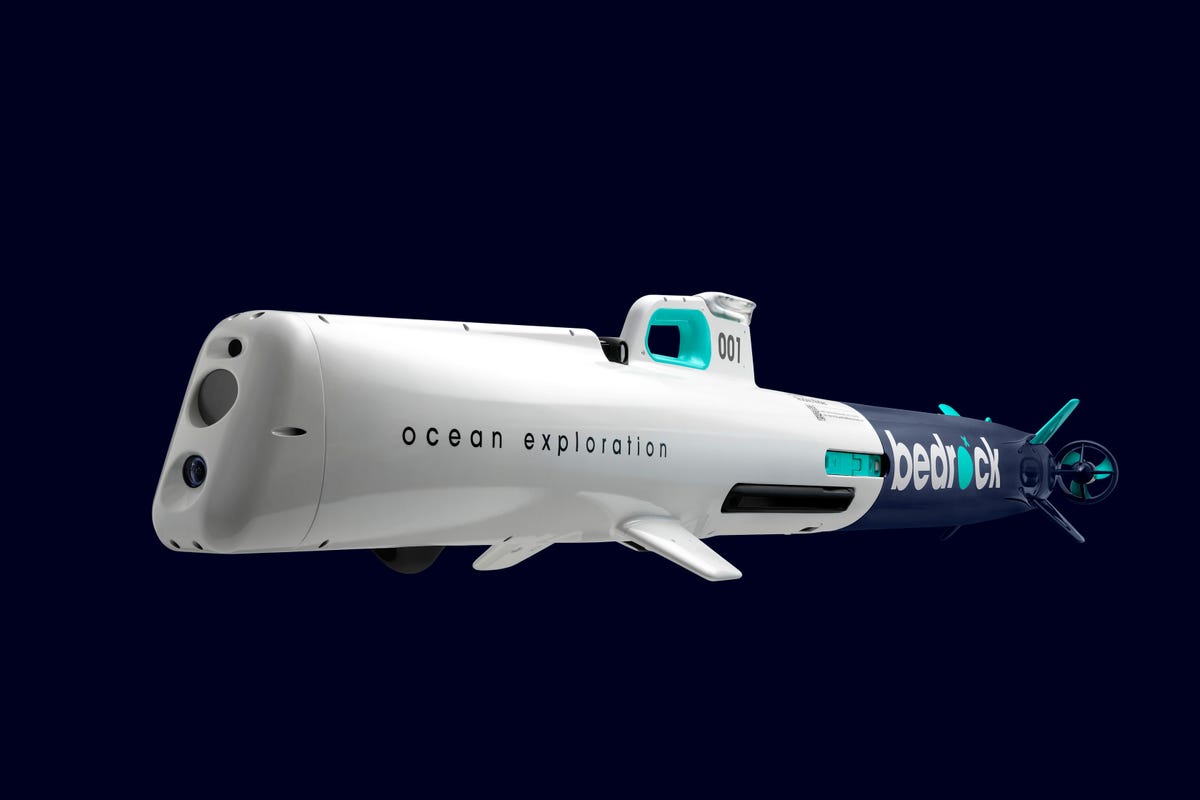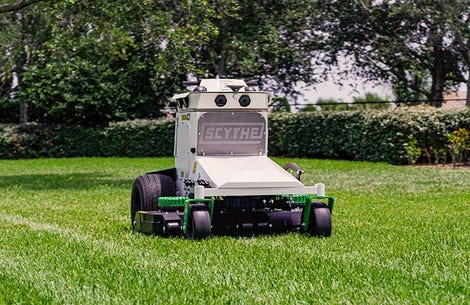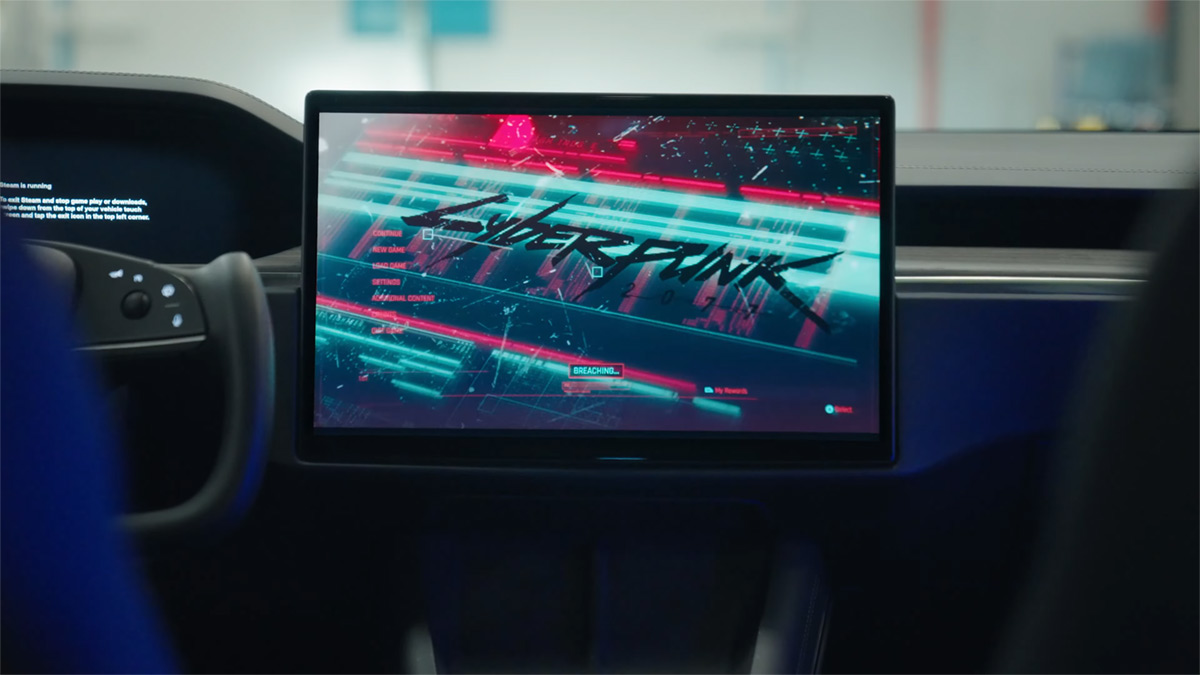5 unexpectedly hot industries to find robotics jobs

Bedrock
As robots become more prevalent, demand for mechanical and computer engineers who work on autonomous systems is growing. In fact, it’s projected that the number of jobs in the field will grow 9% between 2016 and 2026, leading to a shortage of qualified engineers.
That’s a real opportunity for new talent entering the workforce or for professionals looking to make a mid-career shift. Part of the allure is the broad applicability of automation, machine learning, and artificial intelligence technologies to a variety of sectors that heretofore haven’t had much automation adoption. The chance to work on the leading edge of automation technologies and problem solve how they might be adapted to new use cases can be thrilling, particularly coming from IT and engineering fields that have now become more routinized after the profound shifts of previous decades.
Knowing where to look is half the battle. We’ve compiled five industries where robots are taking over —and where roboticists and computer engineers will be in high demand in years to come.

Scythe
Commercial Landscaping
The way we tend lawns is surprisingly inefficient, to say nothing of environmentally unsound. A recent study from Sweden found that cutting grass for an hour with a gas-powered mower has about the same impact as a 100-mile car ride in terms of air pollution.
Add to that, the sector has been beset with labor issues globally. In fact, the $105B commercial landscaping industry has seen labor shortages for at least the decade. The technology powering commercial landscaping, meanwhile, hasn’t been updated in years, as anyone who’s recently operated a noisy, smelly 2-strike weed whacker can attest.
That’s opened the door for the robots, and there’s a lot of exciting activity around automation in commercial landscaping. A firm called Scythe Robotics, for example, has set out to provide the most advanced and sustainable autonomous technology for maintaining off-road environments safely, effectively, and responsibly, including in applications like commercial landscaping via an emissions-free autonomous mower. The company is getting a lot of early support and recently announced a 13.8M series A.
Farming
Beset with labor problems, climate change, and growing pressure to act more economically sustainable, agriculture is embracing automation like few other industries. Writes journalist Katrina Miller in a thoughtful piece on the subject:
Robots are already starting to take off in the food sector; they are picking strawberries, harvesting lettuce, pollinating flowers, and even milking cows. Because they work more efficiently, robots can perform eco-friendly tasks that would be uneconomical if they had to be done by hand, like manual weeding, which can reduce the need for spraying chemicals.
Commercial ag companies are also swooning at the power of data-driven automation, which has prompted agriculture to embrace robots, AI, and ML like few other industries. According to Robotics Automation News, the market size for robots in agriculture was $4,082.8 million in 2018 but could reach $16,640.4 million by 2026, a compound annual growth rate of 19.2 percent. North America generated a revenue of $ 1,469.8 million in 2018 and is expected to grow at a CAGR of 18.9 percent.
A $20 million federal effort known as the AgAID Institute is seeking to develop AI to tackle ag challenges like diminishing water. “It is essential to improve the robustness, efficiency and adaptability of food production,” Alan Fern, professor of computer science and the principal investigator representing OSU, which is participating in the program, told the OSU newsroom. “The institute aims to achieve this by identifying the best ways to integrate humans and AI/robotics technology.”
Examples of companies developing and commercializing farm robots include Farmwise, which makes autonomous robots that utilize machine learning to provide farmers with a sustainable solution for cultivating. Bowery Farm is an indoor sustainable farm that nurtures and grows plants indoors with the use of AI to track and monitor plant growth. Iron Ox has a robotic growing solution to curtail greenhouse gasses and has secured more than $40 million in funding.

Construction
According to Allied Market Research, the construction robotics market is set to reach $7.88 billion globally by 2027. It would be difficult to list all the ways automation is coming for the construction industry, but some examples include drones that autonomously map spaces and deliver progress reports, heavy machinery that amplifies human power, and line chalking robots that mark out the footprint of buildings to ensure error-free projects.
According to ABB Robotics, more than four out of five (81%) of the world’s construction companies say they are planning to introduce robots into their operations during the coming decade. The reasons include tight margins, which are driving efficiency, and persistent skills and labor shortages in an industry that’s subject like few others to the boom and bust cycles of the market.
Construction robotics companies include DroneDeploy, Sarcos Robotics, and Rugged Robotics.
Maritime
The sea has always been a dangerous and exciting place to work, and maritime logistics, extractive industries, and science are critical to global commerce. According to Research and Markets, the global Autonomous ship and ocean surface market could see revenue of $3.48 billion by 2035, growing at a CAGR of 26.7%.
Some emerging uses of robots in the maritime industry include in hazardous waste cleanup, hull cleaning and maintenance, infrastructure inspection and installation (especially in wind farms, which are embracing robotics technology), and ship inspections. Undersea robots have been used to kill invasive fish, navigate across oceans, and locate sunken treasure.
One company making waves in ocean robotics is Bedrock.
Education
In China, hundreds of kindergarten classes are now using a small robot that tells stories and poses logic problems. According to Education Week, the robots are part of a big push in the country to be the world leader in the use of AI-powered technologies.
Not a week goes by when I don’t see several launch announcements pertaining to STEAM-focused robots aimed at helping kids, students, and professionals in sectors like medicine learn interactively. Not surprising, then that the educational robot market is expected to grow from USD $1.3 billion in 2021 to $2.6 billion by 2026.
Companies promoting the use of robots among students include Sphero, which makes a programmable robot ball, Modular Robotics, and RoboLink.






